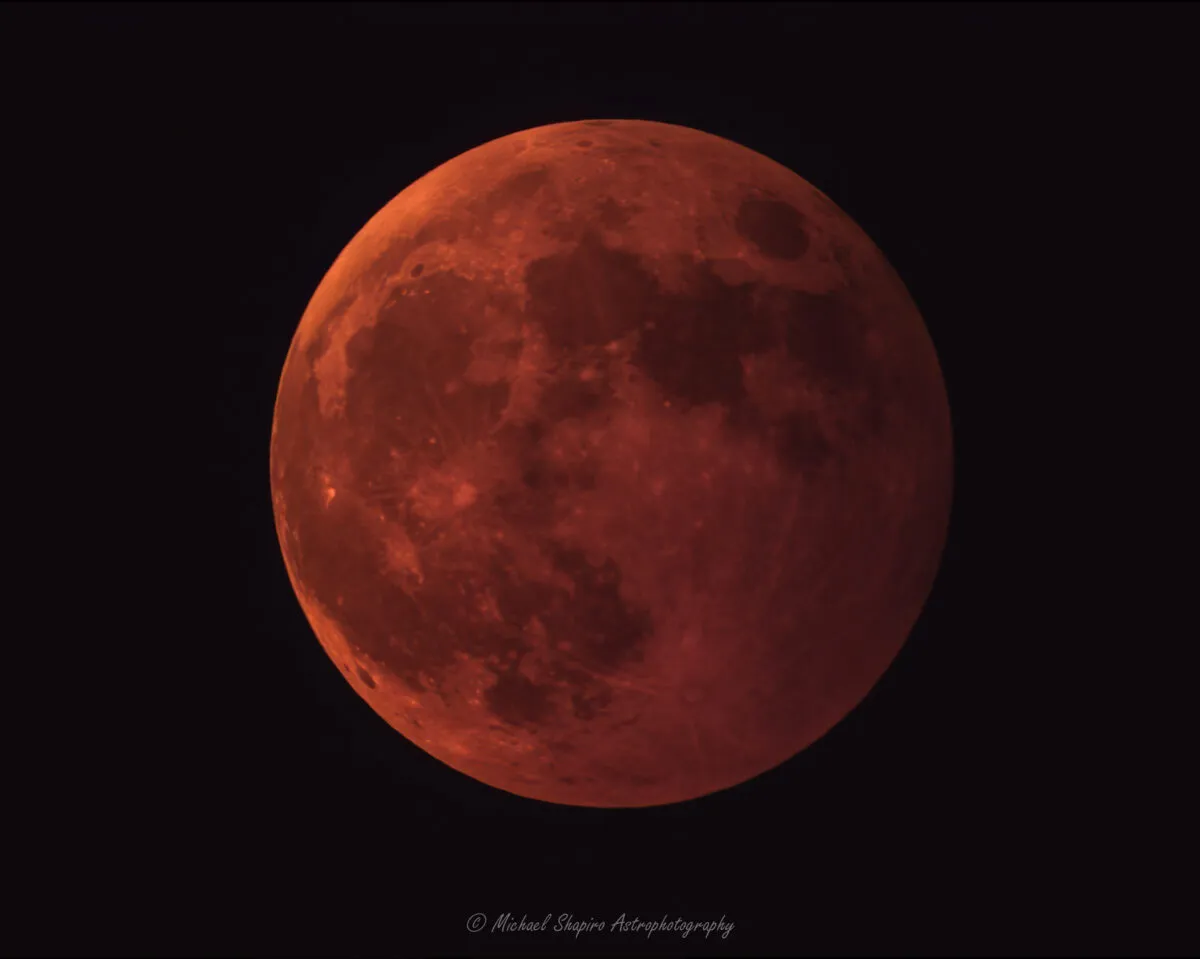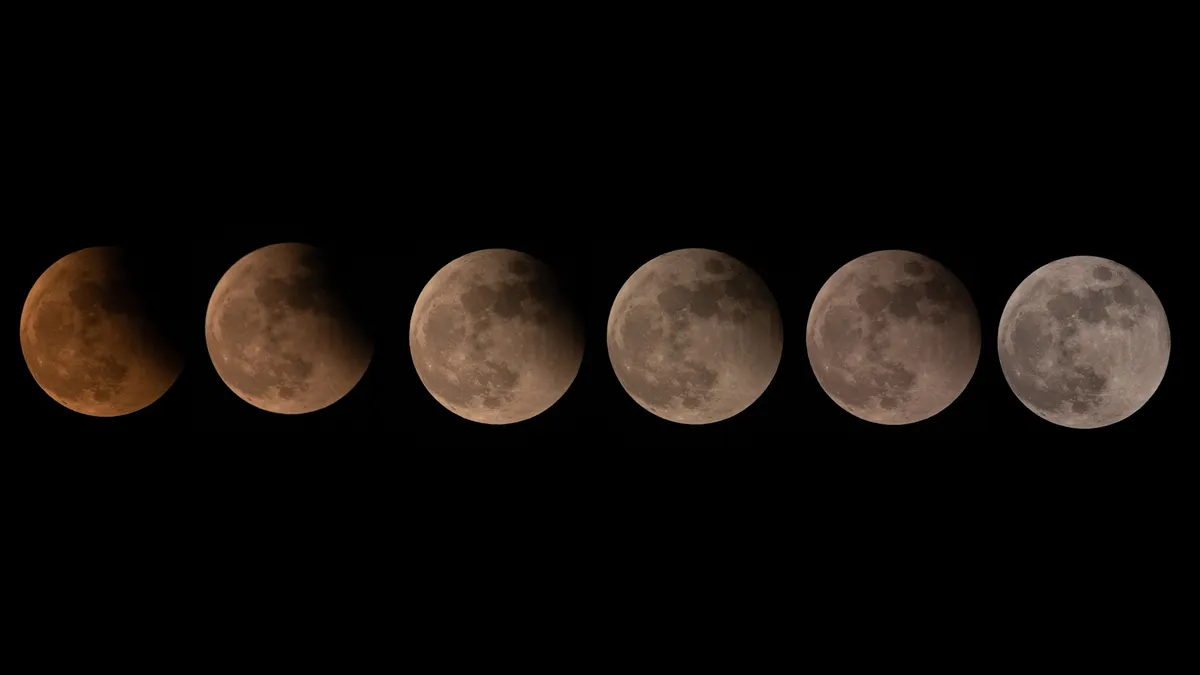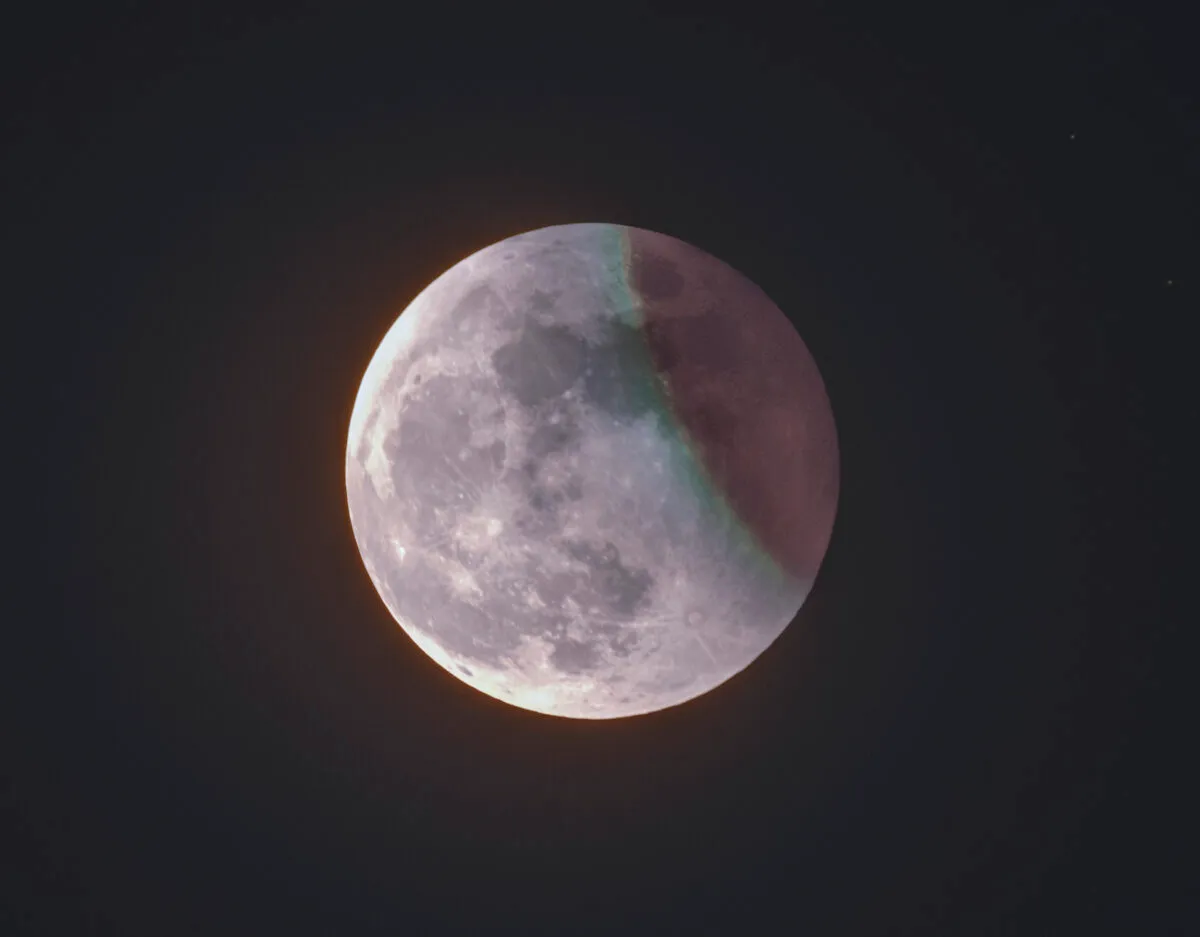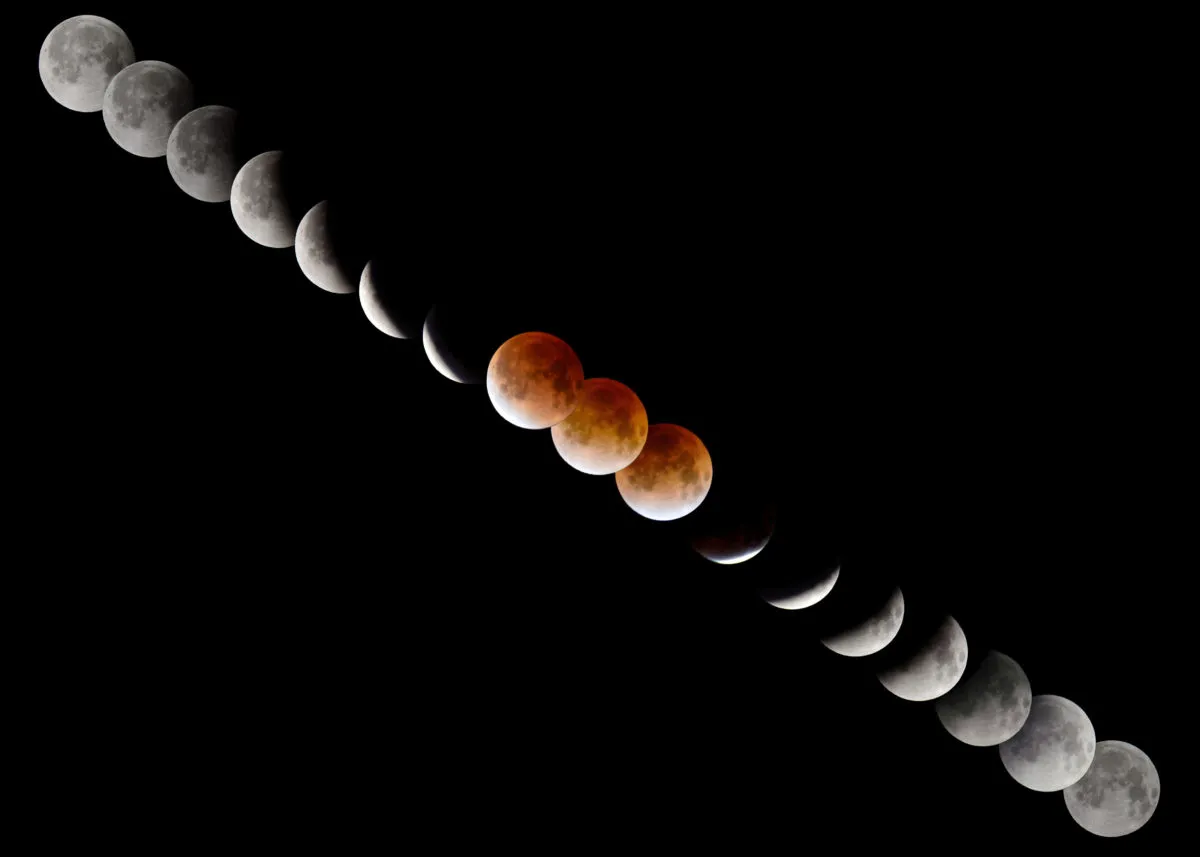The 'Blood Moon eclipse', the 'Election Day eclipse': there were a few names given to describe yesterday's celestial event.
A total lunar eclipse occurre in the early hours of 8 November 2022, and during the event observers were able to see the Moon's surface turn dim and rusty red.
The lunar eclipse will be visible in the USA, Canada, South America, Australia and much of Asia.
For the full picture and the science behind what the event, read our complete guide to the 8 November total lunar eclipse.
8 November lunar eclipse in pictures





8 November lunar eclipse timings

At 08:20 UTC (03:02 EDT), the first stage of the eclipse will begin, but you won't see anything particularly noticeable until the partial stage, which occurs at 09:09 UTC (04:09 EDT).
At this point, it will appear as though a 'bite' is being taken out of the Moon.
You can see an animation showing the stages of the 8 November total lunar eclipse via this NASA video:
Totality begins at 10:17 UTC (05:17 EDT), and this is the moment when the Moon turns rusty red.
Binoculars or a telescope will really help appreciate the mesmerising effects of the total lunar eclipse.
Totality will end at 11:42 UTC (06:42 EDT), and the red tint to the Moon will begin to fade.
If you do manage to observe or even photograph the lunar eclipse, let us know! Get in touch by emailing contactus@skyatnightmagazine.com.
